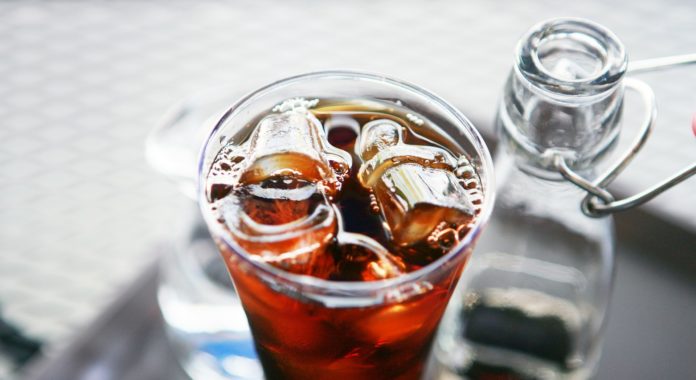If there is a health warning on obesity and diabetes, young people are less likely to buy sweet drinks
Graphic warnings on tobacco packs worked; so can graphic earnings on sugar sweetened beverages – what we commonly call cold or sugary drinks.
Young adults are less likely to buy sugar-sweetened beverages that include health labels, particularly those with graphic warnings about how added sugar can lead to tooth decay, obesity, and type 2 diabetes.
New research, presented at this year’s European Congress on Obesity (ECO) in Vienna, Austria (23-26 May), also indicates that is there is some health score displayed on cold drink packs, that too helps in making the right choices. Australia and New Zealand, for example have the Health Star Rating system.
Worldwide, the intake of sugar-sweetened beverages such as soft drinks, cordials, sports drinks, energy drinks, and sweetened waters is very high. Surveys indicate that at least half of Americans and a third of Australians drink at least one sugar-sweetened drink every day. In India exact consumption figures are hard to come by but there is enough anecdotal evidence available about the rising consumption graph.
Sweetened drinks are a major source of added sugar in the diet and there is growing concern about the health effects linked with high consumption such as type 2 diabetes, tooth decay, and cardiovascular disease.
Many harmful products already carry warnings. Whether or not sugar-sweetened drinks should also display warning labels is hotly debated, and which labels might have the greatest impact is unclear.
Participants were 36% less likely to purchase sugary drinks that included a graphic warning compared to a drink with no label.
To investigate this further, Professor Anna Peeters from Australia’s Deakin University and colleagues conducted an online choice experiment to examine the drink choices of almost 1000 Australians aged 18-35 years.
Participants were recruited using online platforms from four states in Australia, and represented a diverse range of socioeconomic status and education levels.
Participants were asked to imagine they were entering a shop, café, or approaching a vending machine to purchase a drink. They were randomised to one of five groups and asked to choose one of 15 drinks, with sugary and non-sweetened options available. The drinks included either a no label (control group) or one of four labels on sugary drinks–a graphic warning, text warning, or sugar information, including number of teaspoons of added sugar; or a health star rating on all drinks. Alternatively, they could select “no drink” if they no longer wanted to buy a drink.
Overall, participants were far less likely to select a sugary drink when a front-of-pack label was displayed compared to no label, regardless of their level of education, age, and socioeconomic background.
Graphic warning labels which indicated that consuming drinks with added sugar may contribute to tooth decay (that include an image of decayed teeth), type 2 diabetes, or obesity appeared to have the greatest impact.
Participants were 36% less likely to purchase sugary drinks that included a graphic warning compared to a drink with no label.
Other front-of-pack labels were also effective with participants 20% less likely to purchase sugary drinks that included the Health Star Rating, or 18% less likely for a label displaying teaspoons of added sugar. Furthermore, participants were far (20%) more likely to choose healthier alternatives when Health Star Ratings were displayed compared to no label.
“Our findings highlight the potential of front-of-pack health labels, particularly graphic images and Health Star Ratings, to change consumer behaviour, reduce purchases of sugar-sweetened drinks, and help people to make healthier choices,” Professor Peeters said.
“The question now is what kind of impact these labels could have on the obesity epidemic. While no single measure will reverse the obesity crisis, given that the largest source of added sugars in our diet comes from sugar-sweetened drinks, there is a compelling case for the introduction of front-of-pack labels on sugary drinks worldwide.”
The researchers point out some limitations of the study, including that the study measured intended selections of drinks in an online setting, and that the labels would need to be tested on real-world purchases of sugary drinks. They also note that it would be important to test drink labels with adolescents as they are the highest consumers of sugary drinks in Australia.


